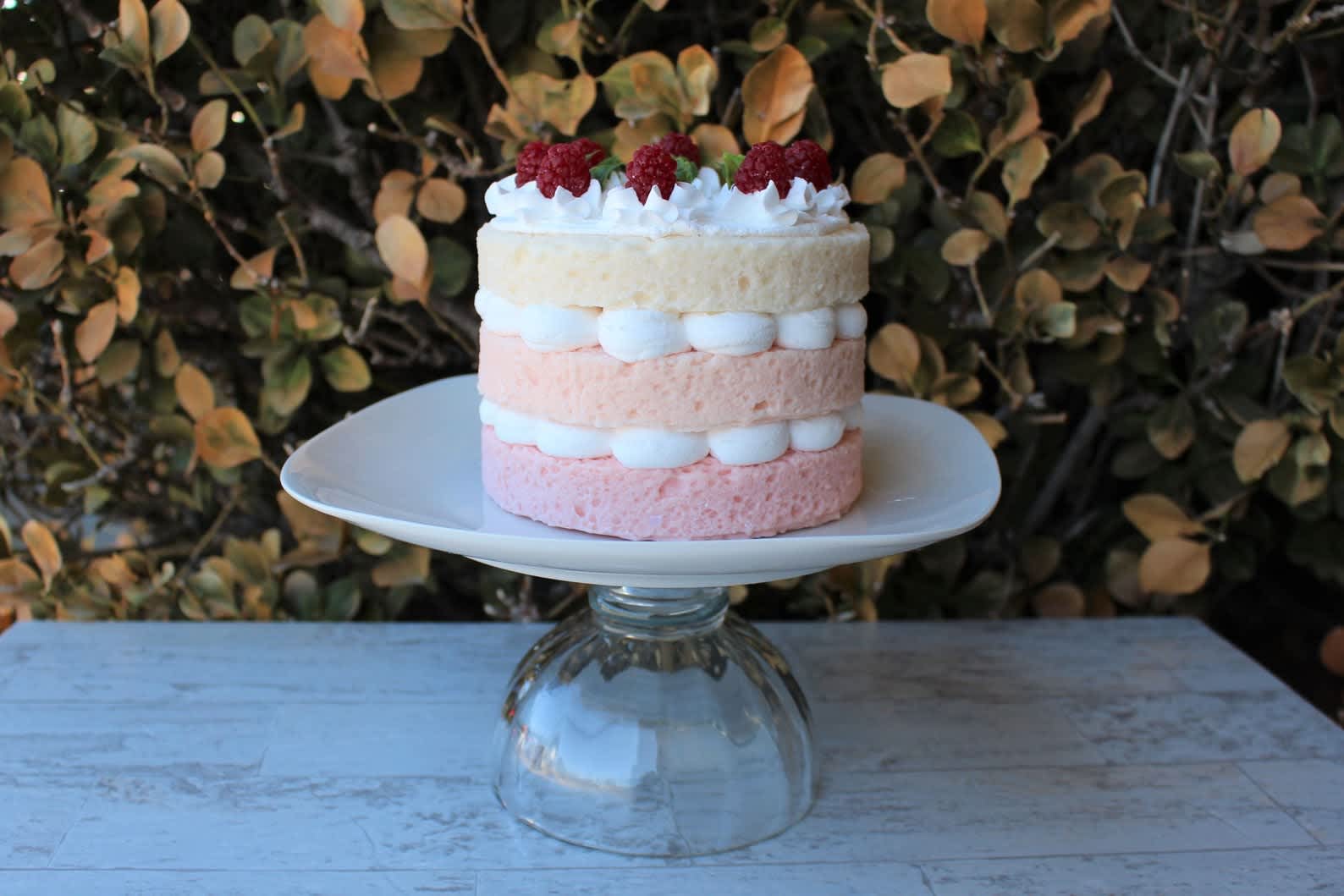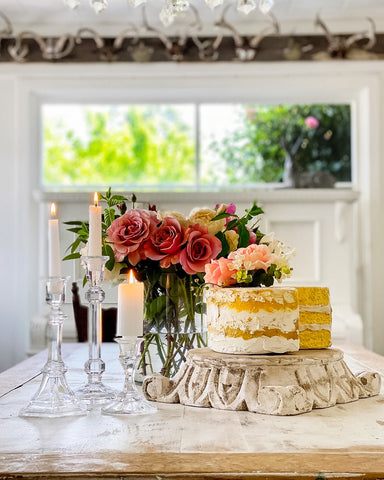As someone who adores home decor and creative design, I’ve always been fascinated by the way small details can transform a space. One trend that has recently caught my attention is faux food decor—items that look like food but serve as decorative pieces. Whether you’re a foodie at heart, a restaurant owner, or just looking to spruce up your home, faux food decor offers a unique way to add character and charm to your surroundings. In this comprehensive guide, we’ll explore what faux food decor is, its benefits, how to use it effectively, and much more. Let’s dig in!
What is Faux Food Decor?
Faux food decor consists of lifelike replicas of food items that are used for decorative purposes. These can range from realistic fruits and vegetables to beautifully crafted desserts and baked goods. Made from materials like resin, plastic, or silicone, faux food pieces can be stunningly realistic, offering both aesthetics and functionality without the perishability of real food.
The History of Faux Food in Decor
The concept of faux food is not new. It has been used for decades in display settings, from bakeries to upscale restaurants. In recent years, it has gained popularity in home decor as a quirky and playful way to showcase one’s personality and interests.
Benefits of Incorporating Faux Food Decor
Faux food decor provides several advantages that make it a worthwhile addition to your home or business:
- Durability: Unlike real food, faux decor won’t spoil or go bad, making it a long-lasting investment.
- Realism: Many faux food items mimic their real counterparts so closely that they can trick the eye.
- Versatility: Faux food decor can fit in various decor styles, from modern kitchens to rustic dining rooms.
- Maintenance-Free: No need for cleaning or upkeep, as these items are typically easy to dust and maintain.
- Creative Expression: Utilizing faux food allows you to showcase your love for cooking or entertaining without the constraints of using real food.
Types of Faux Food Decor
Faux food decor can be categorized into various types, each serving a unique purpose and aesthetic. Here are some popular options:

Faux Fruits and Vegetables
These are perhaps the most common forms of faux food decor. They are often made of plastic or resin and can range from highly realistic to stylized versions. They serve well in kitchen settings, dining areas, or even as part of a centerpiece.
Examples:
- Realistic apples and oranges for kitchen counters
- Clustered faux grapes for dining tables
- Colorful faux vegetables for decorative bowls

Faux Baked Goods
Faux pastries, breads, and desserts bring a cozy, inviting feel to your kitchen or bakery. They are often used in displays to entice customers or as decor for themed parties.
Examples:
- Faux cakes and cupcakes for birthdays
- Fake loaves of bread for rustic kitchens
- Seasonal pies for holiday decor

Seasonal and Holiday Themed Faux Foods
During holidays, themed faux foods can add a festive touch without the hassle of preparation and spoilage. Think faux turkeys for Thanksgiving or faux candy canes for Christmas.
Examples:
- Faux pumpkins for autumn
- Faux Easter eggs in spring
- Faux gingerbread houses for winter decorations

How to Use Faux Food Decor in Your Home
Integrating faux food decor into your home can be done creatively and effectively with a bit of planning. Here are some ideas to help you get started:
Kitchen Decor
Your kitchen is the heart of your home, and incorporating faux food can enhance its aesthetic:
- Display faux fruits in a decorative bowl on the countertop.
- Use faux herbs in pots for a fresh, garden-like feel.
- Arrange faux baked goods on a tiered cake stand for a charming dessert display.

Dining Room Centerpieces
Create a beautiful centerpiece for your dining table using faux food. A stunning arrangement of faux flowers mixed with faux fruits or a creative faux cake can serve as a conversation starter during meals.
Open Shelving and Cabinets
Incorporate faux food items into open shelving to create a curated look. Display a mix of faux and real kitchen items to add depth and interest.

Comparison of Real Food vs. Faux Food Decor
| Feature | Real Food | Faux Food Decor |
|---|---|---|
| Longevity | Perishable | Long-lasting |
| Maintenance | Requires upkeep and storage | Easy to maintain |
| Realism | Natural appearance | Can be hyper-realistic or stylized |
| Cost | Varies based on type | Can be more affordable in the long run |
| Creative Expression | Limited to seasonal items | Unlimited themes and ideas |
Pros and Cons of Faux Food Decor
Pros
- Long-lasting and durable.
- Variety of options available for different themes.
- Easy to incorporate into any decor style.
- No risk of spoilage or waste.
Cons
- Can sometimes look less realistic than desired.
- May require an initial investment.
- Not suitable for every decor style.
Where to Buy Faux Food Decor
Faux food decor can be found in many places, both online and in physical stores:
Online Retailers
Websites like Amazon, Etsy, and Wayfair offer a wide range of faux food items, from fruits to baked goods. Check customer reviews and images to ensure that you’re getting a quality product.
Local Home Decor Stores
Visit your local home decor or specialty stores to see faux food decor in person. This will help you gauge the quality and realism of the items before purchasing.
FAQs About Faux Food Decor
What materials are used to make faux food decor?
Faux food decor is usually made from materials like resin, plastic, or silicone. These materials are chosen for their ability to mimic the texture and color of real food effectively.
Can faux food decor be used outdoors?
While some faux food items can withstand outdoor conditions, it’s best to use them in sheltered areas to avoid sun damage and fading. Always check the product specifications before using them outside.
Are faux food items safe for children?
Generally, faux food decor is safe, but always check for small parts that could pose a choking hazard. Choose items made from non-toxic materials for peace of mind.
How do I clean faux food decor?
Cleaning faux food decor is simple—just dust them with a soft cloth or wipe them down with a damp cloth for deeper cleaning. Avoid harsh chemicals that might damage the finish.
Can I use faux food decor for events or parties?
Absolutely! Faux food decor is perfect for events, parties, and themed gatherings. They can be used as centerpieces, photo props, or even part of a buffet display.
Conclusion
Faux food decor is a delightful way to express your love for food while enhancing the visual appeal of your space. Whether used in a home, café, or bakery, these decorative items bring a unique flavor that celebrates the joy of cooking and entertaining. With so many options available, you can easily find pieces that resonate with your style. So why not give faux food decor a try and see how it spices up your surroundings?